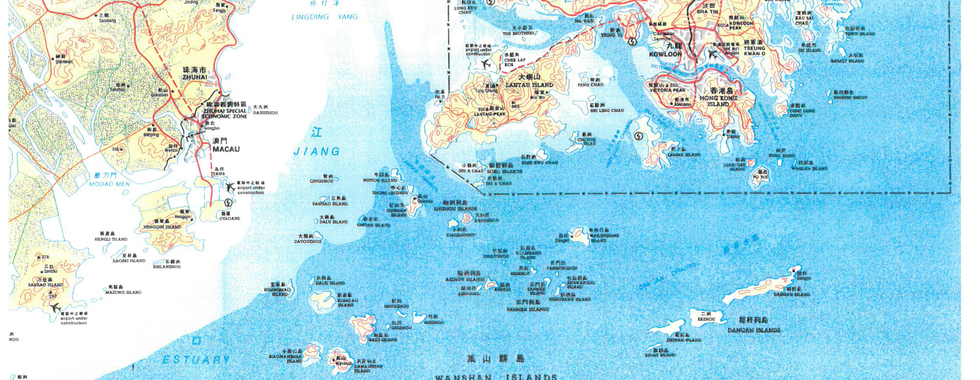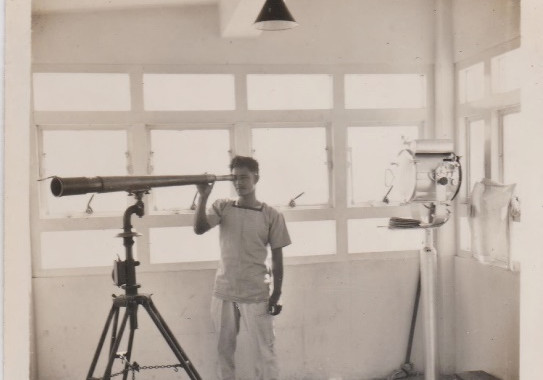Stories about lighthouse keepers, weather observers, telecommunication technicians and navy forces
Department: Real Estate and Construction
Active Dates: 2020-2021
RESEARCH TEAM PI: DR. KATHERINE Y. DENG ADVISORS: IR DR. S.W. POON, IR K.F. MAN, IR K.Y. MA, MR. T.W. TSIN, Mr. W.M. LEUNG, MRS. ADA K.Y. YAU PHOTOGRAPHERS: MR. WILSON WO
Preface
Small yet strategic, the Waglan Island is home to the largest lighthouse Compound, and the meteorological observation and recording base of Hong Kong Observatory since 1893 and 1907 respectively. This project aims to appreciate Waglan’s variegated values in architectural, historical, humanistic, geographical, meteorological and navigational dimensions to all walks of life; and to pay long-overdue homage to its variegated staff sentinelling the frontiers over one and a quarter centuries. Findings of cross-continental archives, oral histories from concerned personnel, and visits to the Island will be exchanged with schools, professionals, heritage organisations via online talks/lectures, mini-videos and the media (newspaper and TV).
Project Background
A small island five kilometers south-east of Cape D’ Aguilar and 12 kilometers from Lei Yue Mun, the Waglan Island was among the first choice of Hong Kong Government to build a lighthouse in the 1860s. After decades of territorial negotiations, the lighthouse was built by Imperial Maritime Customs Service (IMCS) and the light was lit on 9 May 1893.
Given Waglan’s frontier location, weather observations had been made since 1907 on the Island by lighthouse staff and telegraphed to Hong Kong Observatory (HKO). After the Second World War, a new weather station was in operation by HKO until 1963. It is popular even today to be reminded by the wind speed recorded on the Island as a signal to the severity of an approaching typhoon.
During the heydays, people stationing on the Island included lighthouse keepers and attendants, staff from the Observatory, technicians from Cable and Wireless Limited in maintaining the telecommunication equipment, and a small navy force for a short duration.
From 1989 the operation of the lighthouse and the weather station have become automated. Since then the Island has become deserted with only regular visits of technical staff for equipment maintenance.
The lighthouse has been well known to the seafarers in this region and has provided an important signal to them over 125 years. The weather information collected on Waglan provides an early warning and preparation to Hong Kong particularly on the safe operation of the old Kai Tak Airport. Even the residents in Shek O can tell the difference between the sound of the present fog horn compared with the previous one in the foggy nights.
Nevertheless, from the date the light was lit until full automation, the activities and the life of the man-only workforce on the Island remains a mystery, partially due to its isolation and resultant difficulty in communication and landing on the Island.
This research is based on the study of the archives and interviewing the people concerned in order to report the stories about the history of the Lighthouse and the people working on the Island.

















